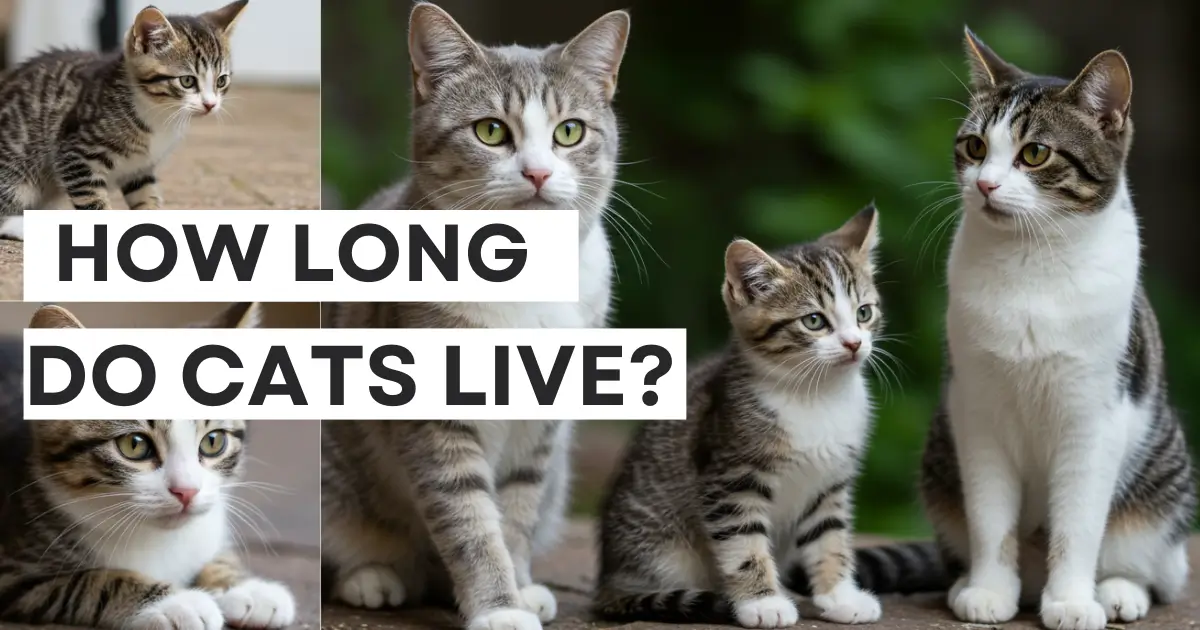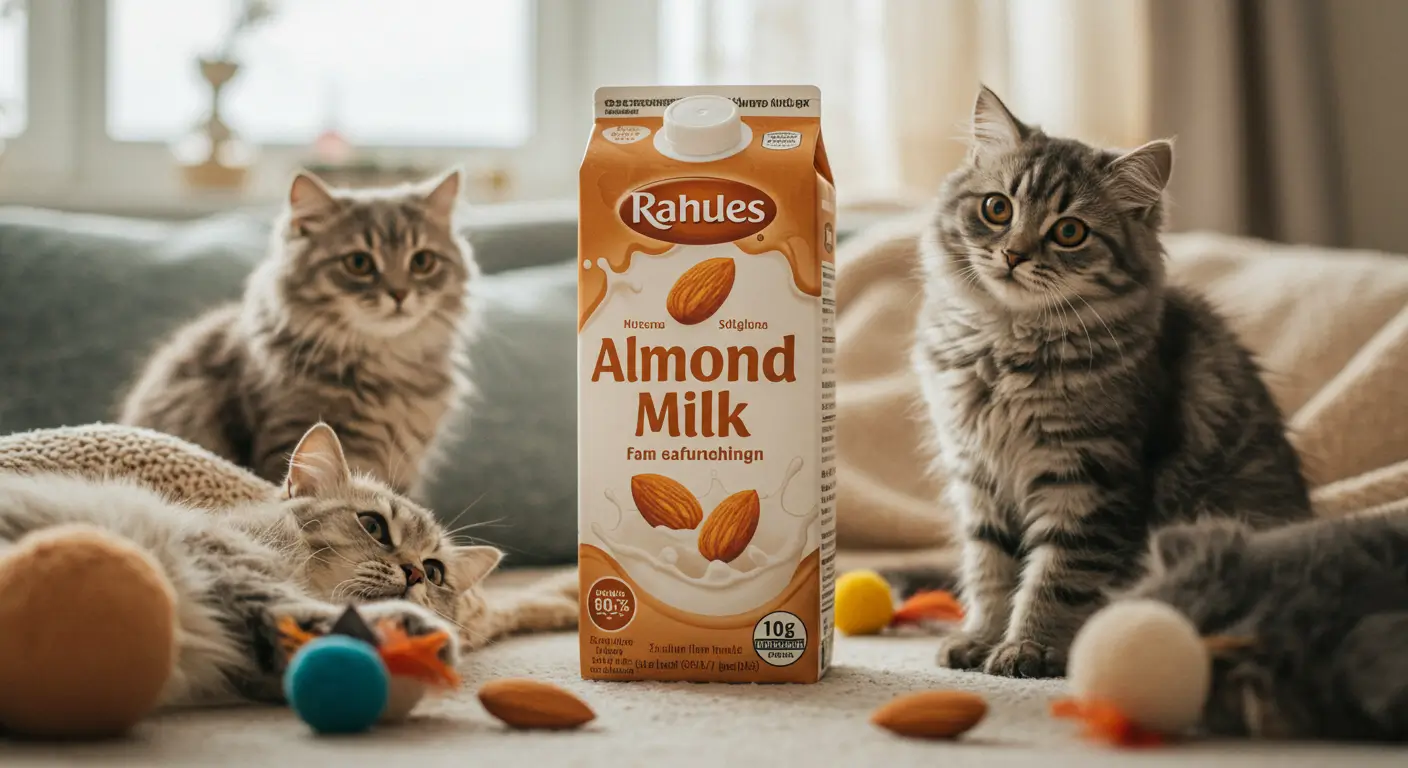Cat Pregnancy 101: Signs, Stages, and How to Care for Your Pregnant Cat
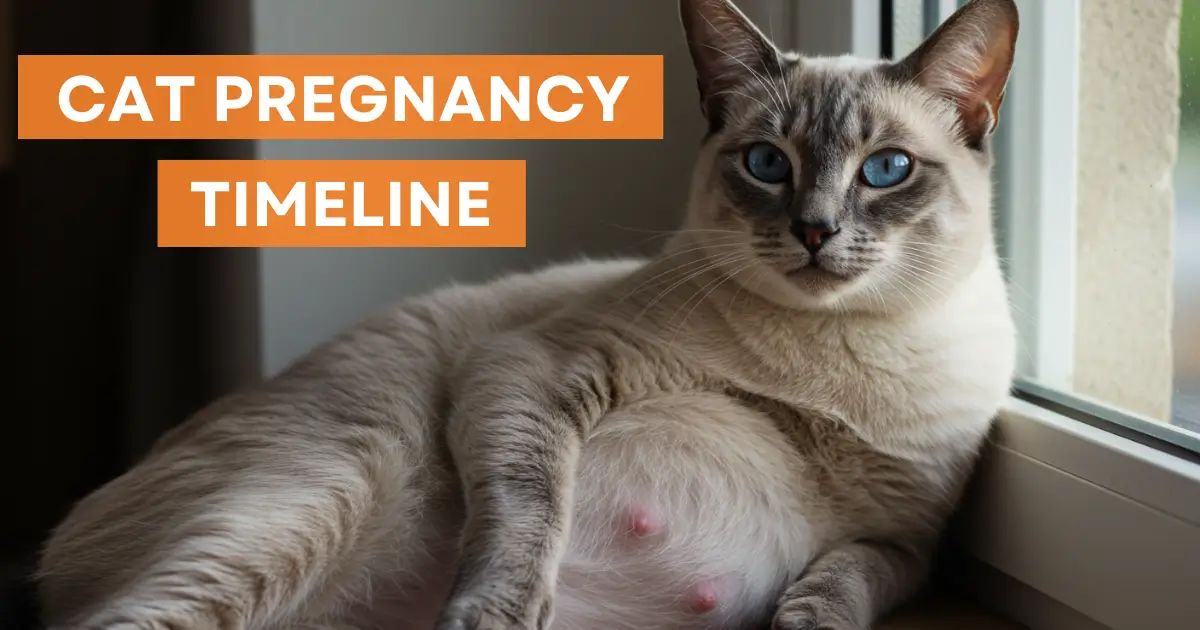
Have you ever noticed your cat behaving a bit differently and wondered if she might be expecting kittens? It’s an exciting and sometimes nerve-wracking time, especially if you’re not quite sure what to expect. Understanding feline pregnancy is essential to ensuring your furry friend’s health and happiness during this transformative journey. Let’s dive into everything you need to know about how long cats are pregnant, the signs to watch for, and how you can provide the best care possible.
- How Long Are Cats Pregnant? Understanding the Feline Gestation Period
- Early Signs of Pregnancy in Cats: What to Look For
- Stages of Cat Pregnancy: A Week-by-Week Breakdown
- How to Care for Your Pregnant Cat
- Signs Your Cat Is About to Give Birth
- Common Questions About Cat Pregnancy (FAQs)
- Astuces for a Smooth Pregnancy and Delivery
- Conclusion
How Long Are Cats Pregnant? Understanding the Feline Gestation Period
Cats typically remain pregnant for 63 to 67 days, though this can vary slightly depending on the individual. Some cats might deliver as early as 58 days or as late as 72 days. This period is relatively short compared to other mammals, which means changes happen quickly and require attentive care from you.
Why It’s Important to Know the Gestation Period
Being aware of the timeline helps you prepare for the arrival of kittens. It also enables you to monitor your cat for any signs of complications. Early intervention can make a significant difference if anything seems off.
Understanding the length of pregnancy also allows you to estimate when your cat might go into labor, giving you ample time to prepare the birthing area and gather necessary supplies.
Early Signs of Pregnancy in Cats: What to Look For
The first step in supporting your cat is recognizing that she’s pregnant. Here are some telltale signs to watch for:
Behavioral Changes
- Increased Affection: Your cat may become more clingy or affectionate than usual, often seeking extra attention and snuggles.
- Nesting Behavior: She might start seeking quiet, secluded areas to rest or prepare for her kittens. This instinctive behavior often intensifies as the pregnancy progresses.
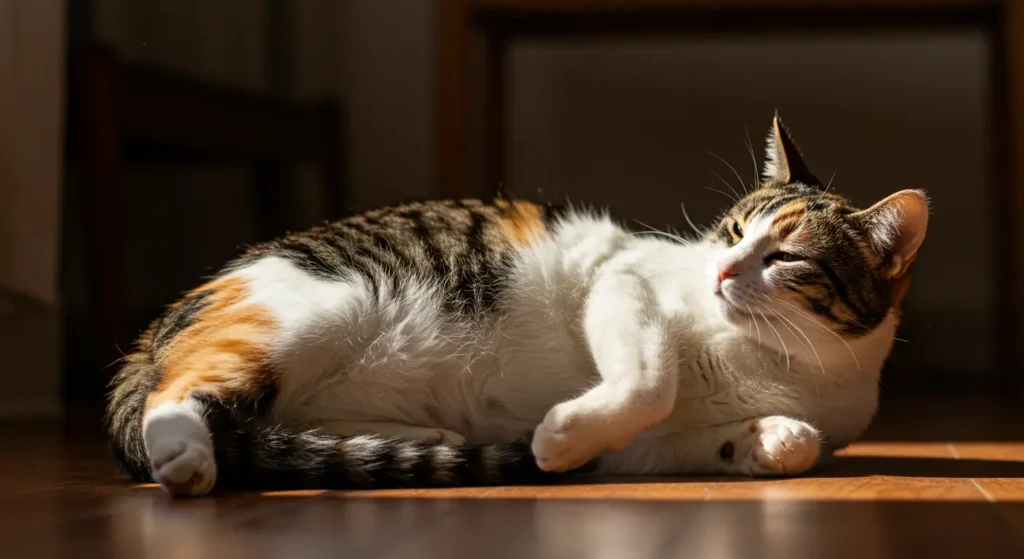
Physical Signs
- Pinking Up: One of the earliest indicators is a change in the color and size of her nipples, which become pink and slightly swollen. This change usually occurs around the third week of pregnancy.
- Weight Gain: A noticeable increase in her size, especially around the abdomen, is a clear sign. Cats typically gain 20-30% of their normal body weight during pregnancy.
- Decreased Activity: Your cat may appear more lethargic as her pregnancy progresses. She may also show reduced interest in playing or exploring.
If you’re unsure, visiting a veterinarian can confirm pregnancy through physical exams, ultrasounds, or X-rays. Ultrasounds can detect pregnancy as early as 16-20 days after conception, while X-rays are more reliable closer to the end of the gestation period.
Stages of Cat Pregnancy: A Week-by-Week Breakdown
Feline pregnancy is divided into distinct stages, each with its own developments. Here’s a week-by-week breakdown:
| Stage | Time Frame | Key Developments |
|---|---|---|
| Early Stage | 1-3 weeks | Hormonal changes, initial symptoms like pinking up. |
| Middle Stage | 4-6 weeks | Noticeable weight gain, fetal movements may begin. |
| Final Stage | 7-9 weeks | Nesting behaviors intensify, kittens are almost ready to be born. |
Early Stage (Weeks 1-3)
During the early stage, hormonal changes trigger noticeable symptoms like pinking up and mild lethargy. This is the time to ensure your cat’s diet is adequate to support her changing needs.
Middle Stage (Weeks 4-6)
By the middle stage, weight gain becomes evident, and you might even feel the kittens moving inside her abdomen. This is an excellent time to consult with your vet about her health and discuss any potential complications.
Final Stage (Weeks 7-9)
In the final stage, your cat’s nesting behaviors will intensify, and her belly will become significantly larger. She’ll need a comfortable, quiet space to prepare for labor. Be on the lookout for signs that labor is approaching.
How to Care for Your Pregnant Cat
Providing the right care is crucial to ensuring a smooth pregnancy. Here’s how you can support your cat:
Diet and Nutrition
- High-Quality Food: Switch to a high-protein diet designed for pregnant or nursing cats. Look for options labeled specifically for pregnancy to ensure she’s getting the nutrients she needs.
- Portion Adjustments: Gradually increase the quantity as her pregnancy progresses to meet her growing nutritional needs. By the final weeks, she may be eating up to 50% more than usual.
Veterinary Visits
- Regular Checkups: Schedule visits to monitor her health and the kittens’ development. Your vet can also perform ultrasounds or X-rays to determine the number of kittens she’s carrying.
- Vaccinations and Parasite Control: Ensure she’s up-to-date on vaccinations and free from parasites, as these can affect her and the kittens. Avoid giving her any medications or treatments without consulting your vet.
Preparing a Safe Space
- Quiet and Warm Area: Provide a secluded space with soft bedding where she can rest and eventually give birth. The area should be free from drafts and distractions.
- Accessibility: Ensure the area is easily accessible for her but free from disturbances, such as other pets or young children.
Creating a comfortable environment reduces stress and helps your cat feel secure as she prepares for labor.
Signs Your Cat Is About to Give Birth
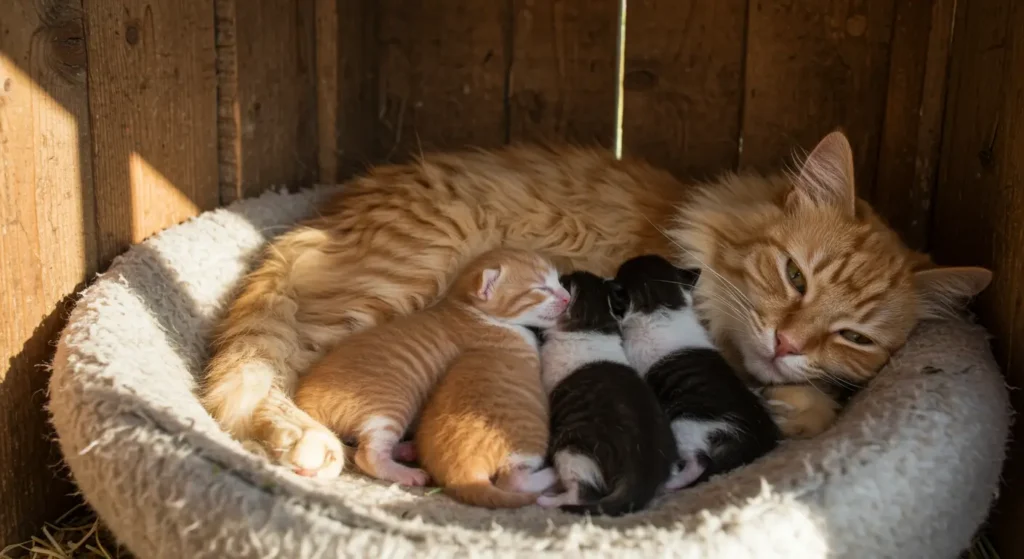
Behavioral Indicators
As the big day approaches, your cat will exhibit clear signs of impending labor. Here’s what to watch for:
- Nesting Intensifies: She will spend more time arranging her space, often dragging blankets or other soft materials into her designated area.
- Restlessness: Pacing or moving between rooms could indicate she’s preparing. She may also vocalize more than usual.
Physical Indicators
- Drop in Body Temperature: Her temperature may drop to around 37.8°C (100°F) roughly 12-24 hours before labor begins.
- Visible Contractions: You may notice her abdomen tightening and releasing, a clear sign that labor has started.
- Discharge: A clear or slightly bloody discharge is a sign that labor is imminent.
During your cat gestation, it’s crucial to keep a close watch on her well-being, ensuring that everything is progressing smoothly. If you notice any prolonged contractions without progress or observe signs of distress, don’t hesitate to contact your vet immediately. Delayed or unusual signs could indicate complications that require professional attention. Regular monitoring is essential for ensuring a healthy pregnancy and delivery for your cat.
Common Questions About Cat Pregnancy (FAQs)
How long are cats pregnant before they give birth?
Cats are generally pregnant for 63 to 67 days, though this can vary slightly.
How can I tell if my cat is pregnant without visiting the vet?
Look for signs like pinking up, weight gain, and nesting behaviors. A vet visit, however, is the most reliable way to confirm pregnancy.
Can a cat get pregnant again while nursing?
Yes, cats can go into heat as early as two weeks after giving birth, so it’s important to keep her away from male cats during this time.
What should I do if my cat shows signs of pregnancy complications?
Contact your vet immediately if you notice unusual symptoms such as prolonged vomiting, excessive lethargy, or bleeding.
Astuces for a Smooth Pregnancy and Delivery
Here are some practical tips to ensure your cat’s pregnancy and delivery go as smoothly as possible:
| Tip | Why It’s Important |
|---|---|
| Provide a high-quality diet | Ensures proper nutrition for the mother and kittens. |
| Keep the area stress-free | Reduces the risk of complications during labor. |
| Monitor her health closely | Early detection of issues can save lives. |
| Offer gentle interaction | Keeps her comfortable and reassured. |
| Prepare a vet’s contact info | Ensures quick access in case of emergencies. |
Conclusion
Feline pregnancy is a beautiful journey that requires your attention and care. By understanding how long cats are pregnant and recognizing the signs, you can ensure your cat and her kittens thrive throughout this process. Remember, your veterinarian is your best resource for advice tailored to your cat’s unique needs. Prepare a safe and loving environment, and soon you’ll be welcoming a litter of adorable kittens into your home.
If you found this guide helpful, share it with other cat lovers or drop a comment below to share your experiences. Together, let’s make every feline pregnancy a happy and healthy one!









